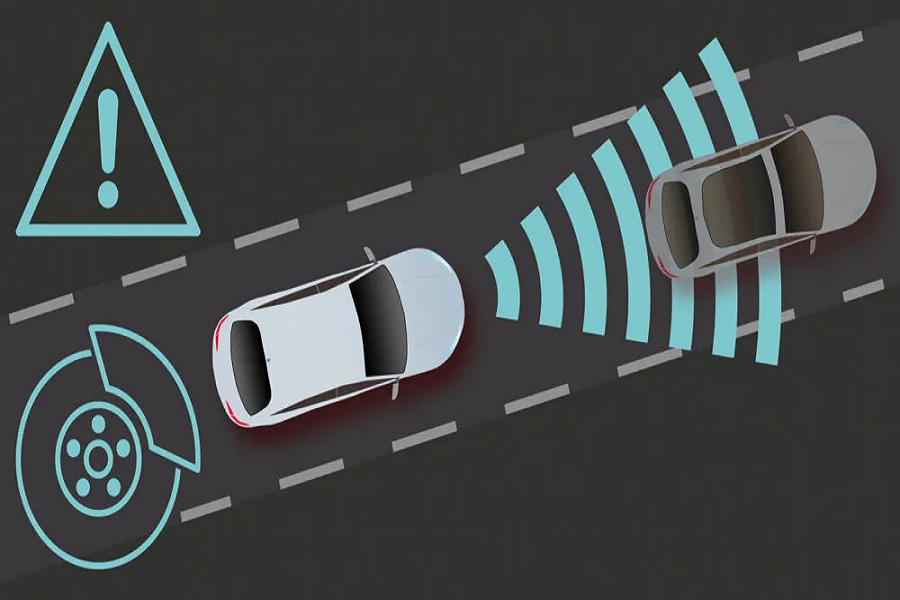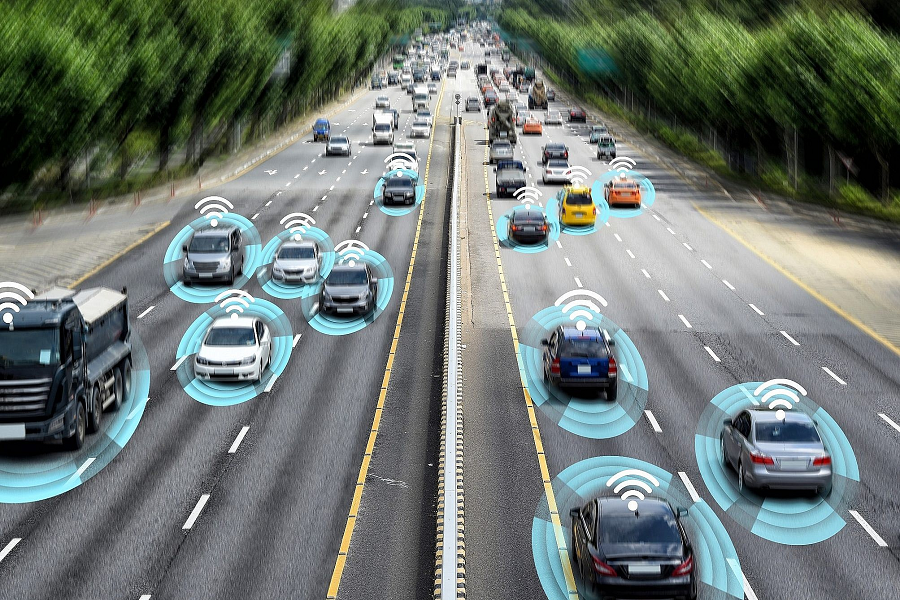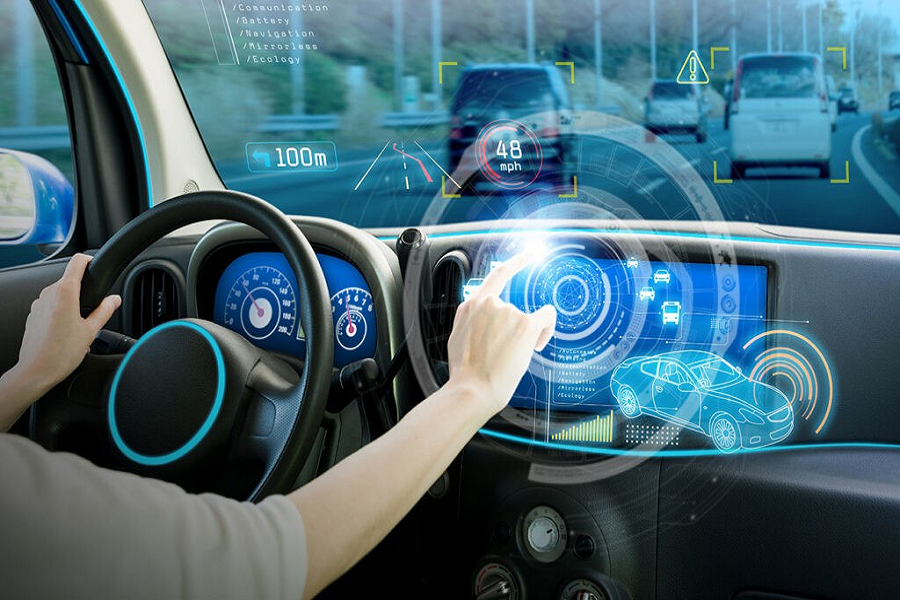In the evolving urban environment, the convergence of connected vehicles and smart city initiatives is heralding a revolutionary phase in mobility. By seamlessly blending intelligent transportation systems with connected vehicles, there is the potential to establish urban landscapes that are not only safer and more efficient but also environmentally sustainable. This article delves into the synergistic relationship between connected vehicles and smart cities, envisioning a future where urban streets transcend mere infrastructure to become intelligently orchestrated conduits of modern living.
Connected Vehicles:
At the vanguard of a technological upheaval that transcends conventional transportation norms, connected vehicles represent a paradigm shift. Utilizing sophisticated communication technologies, these vehicles engage in interactions not only with each other but also with infrastructure and external networks, marking a departure from traditional transportation models. Key elements of connected vehicles include:
V2V Communication:
This peer-to-peer communication system significantly improves situational awareness, ultimately leading to safer and more organized traffic flow on the roads.
V2I Communication:
V2I communication in connected vehicles entails the collaborative exchange of information with infrastructure elements such as traffic signals and intelligent traffic management systems. The objective is to enhance traffic flow, minimize congestion, and overall, improve the efficiency of transportation systems through effective data sharing.
Data Exchange for Navigation:
Connected vehicles use data exchange capabilities to provide drivers with real-time information for navigation. This includes updates on traffic conditions, alternative routes, and parking availability, leading to more informed and efficient driving experiences.

Smart Cities Integration:
Smart cities leverage digital technologies and data-driven insights to enhance the quality of life for residents and optimize urban operations. The integration of connected vehicles into smart city frameworks introduces a holistic approach to urban planning and transportation management. Key components of smart cities integration include:
Traffic Management and Optimization:
Connected vehicles play a crucial role in enhancing smart traffic management by furnishing real-time data on prevailing traffic conditions. Utilizing this data, smart city systems can conduct analyses to optimize traffic signals, alleviate congestion, and improve the overall efficiency of urban transportation networks.
Emission Reduction and Environmental Sustainability:
Integration with smart city initiatives enables connected vehicles to contribute to environmental sustainability goals. By optimizing traffic flow, reducing idle times, and promoting eco-friendly driving behaviors, smart cities can work in tandem with connected vehicles to minimize emissions and enhance air quality.
Infrastructure Planning and Maintenance:
The data generated by connected vehicles offers valuable insights for smart cities to plan and maintain infrastructure. Information on road conditions, usage patterns, and potential maintenance needs can inform city planners, enabling proactive infrastructure development and maintenance strategies.
Enhanced Safety and Emergency Response:
Connected vehicles play a crucial role in improving road safety. In the event of accidents or emergencies, these vehicles can relay real-time data to emergency services, facilitating faster response times and more effective interventions. This interconnected safety network enhances overall urban safety.

The Future Nexus:
The seamless integration of connected vehicles and smart cities forms a nexus that holds immense potential for the future of urban living. As these technologies converge, the landscape of transportation evolves into a dynamic, responsive ecosystem that adapts to the needs of its inhabitants. Envisioning this future:
Autonomous Vehicle Integration:
The integration of connected vehicles sets the stage for the widespread adoption of autonomous vehicles in smart cities. The real-time communication and data exchange capabilities of connected vehicles create an environment conducive to the safe deployment and operation of autonomous fleets.
Enhanced Public Transportation:
Connected vehicles can complement and enhance existing public transportation systems. Integration with smart city platforms allows for seamless coordination between different modes of transportation, promoting a more integrated and efficient public transit network.
User-Centric Mobility Solutions:
The integration of connected vehicles with smart city initiatives enables the development of user-centric mobility solutions. From personalized route recommendations to on-demand transportation services, this synergy empowers residents with flexible and convenient mobility options.
Challenges and Considerations:
While the vision of connected vehicles seamlessly integrated into smart cities is promising, it comes with challenges. Ensuring robust cybersecurity measures, addressing privacy concerns, and establishing standardized communication protocols are critical aspects of successful integration.
Conclusion:
The integration of connected vehicles into the fabric of smart cities represents a transformative leap towards a more connected, efficient, and sustainable urban future. As the synergy between these technologies strengthens, the vision of smart, responsive cities where transportation is seamlessly orchestrated becomes not just a possibility but a tangible reality. The road ahead is not just connected; it’s a smartly navigated journey towards a future where urban mobility is redefined, and the city itself becomes an intelligent, responsive entity.










